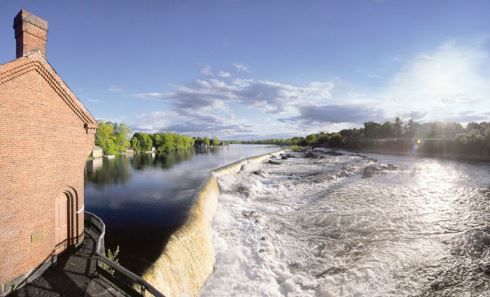Industrialists built this canal town as a home for textile factories, and for those who worked in them.
By Anna Lee Braunstein, F351629
June 2016
Towns get started for many reasons. For Lowell, Massachusetts, it was the rapidly moving Merrimack River. This waterway supplied the power that turned the belts that powered the machines that wove the fabrics. Textile company owners devised a complex system of locks and canals that diverted water from the Merrimack to the factories along its banks. By the mid-1800s, Lowell had become the heart of America’s Industrial Revolution.
The Mill Girls
More Museums And Monuments
When You Go
Area Campgrounds
Massachusetts Sales Tax Info
- Food (exception: restaurant meals).
- Prescriptions and many health-related items.
- Clothing and shoes. The sales tax begins on the amount over $175 per item.
- Magazines, newspapers.
- Tickets to sporting and amusement events.
Tip: Many Massachusetts residents travel to neighboring New Hampshire for tax-free shopping on even more items.

